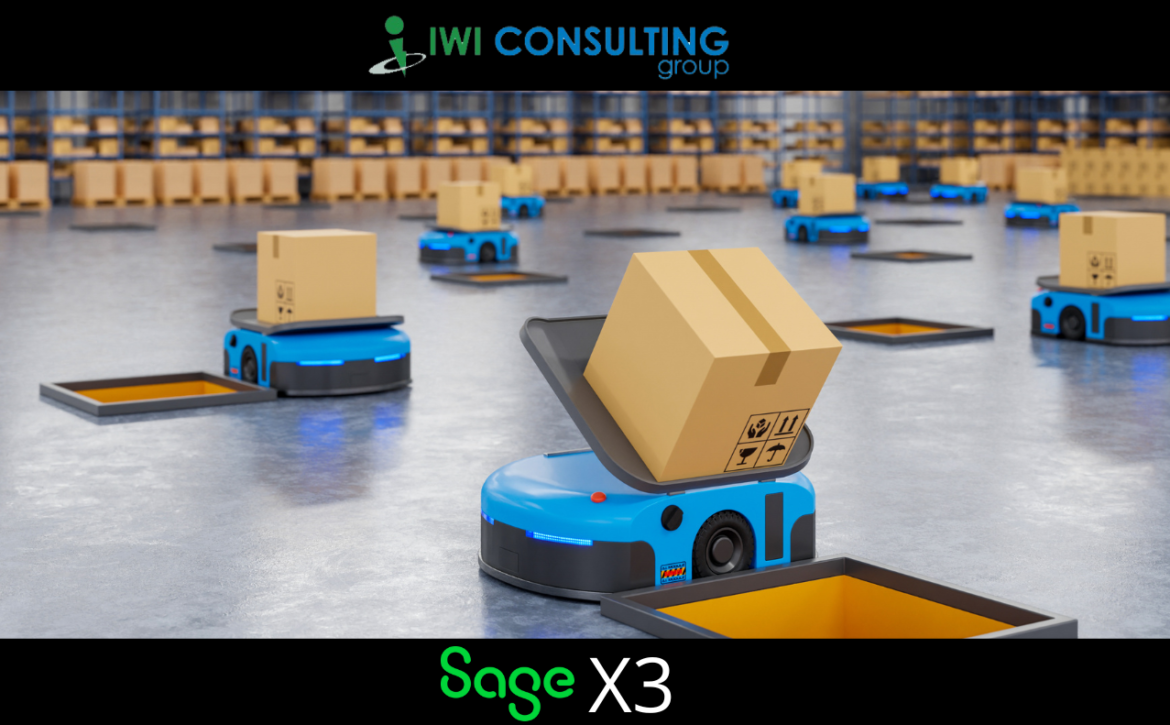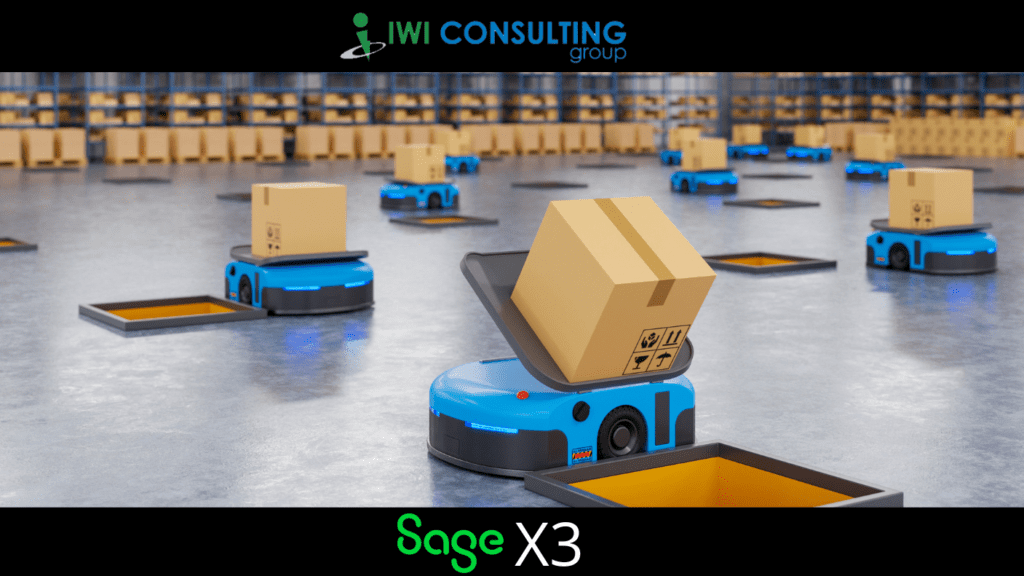Sage X3: Pros of Automation in the Process of Warehousing
Sage X3 is designed to help the supply chain problems that have been persisting all these years, and experts predict that pressures won’t ease until at least 2024.
While the most obvious challenges with supply chain issues are tied to the movement of goods from suppliers to distributors, there’s another side to this coin: Warehousing. Consider recent survey data, which showed a 400% increase in warehouse prices as companies deal with massive inventory overstocks that aren’t selling as anticipated.
This creates a unique problem for warehouse operations: How do companies effectively manage what they have, make room for what they need, and get rid of what they don’t? Legacy tools simply aren’t up to the task — instead, automation offers the way forward.
In this piece, we’ll break down some of the top warehousing challenges and explore the pros of Sage X3 automation in warehousing.
Current Warehouse Challenges
As supply chain frameworks continue to evolve, warehouses are under more pressure than ever to effectively track and manage what they have while simultaneously finding new ways to improve overall efficiency.
In practice, four challenges are common:
Redundant processes
As warehouse inventory volumes increase, redundant processes become more common. For example, if multiple staff members are all entering pallet or product information, this results in time wasted that could have been better spent elsewhere.
These redundant processes can also lead to data entry errors — if one employee enters a data value that conflicts with another staff member’s entry, companies must spend time and effort determining which value is correct.
Layout optimization
With stock levels at an all-time high, optimized layouts are critical to ensure process efficiency. With staff focused on managing incoming and outgoing inventory, however, there’s often little time left over to create optimized inventory plans. This may lead to increased lead times for both shipping and receiving, in turn increasing total costs.
Picking processes
Efficient picking processes mean fewer trips to complete the same volume of tasks. As warehouse layouts become more complex, however, the ability of staff to design efficient processes is reduced.
Inventory accuracy
Inaccurate inventory data could lead to both under and overstock issues. If reporting errors show more inventory than is on-site, orders based on this data could lead to shortages. If inventories are under-reported, it could lead to additional and unnecessary ordering.
Pros of Implementing Sage X3 Automation
Sage X3 Warehousing is a comprehensive warehouse management system (WMS) designed to help organizations improve current processes and set the stage for more sophisticated warehouse strategies and operations.
Key benefits include:
Direct data capture
With Sage X3, data can be captured directly via scanning or RFID, allowing quick and easy entry into databases. In addition, this data is automatically validated to detect and eliminate potential errors.
Improved data quality
Automatic analysis of data entry also leads to improved data quality. While verified data is posted directly into Sage X3, potentially problematic data is flagged for manual review, in turn helping staff pinpoint possible process errors.
Reduced shipping errors
Multiple verifications across shipping and loading processes can cause data disagreements, in turn bringing warehouse processes to a halt until issues are resolved.
For example, if one staff member enters incorrect inventory values due to issues that occur during the unloading process, a second staff member enters data correctly while moving pallets to their storage location and a third employee records another value during regular inventory review, companies must spend time and money resolving the issue.
By leveraging Sage X3 as a single source of data truth, companies can keep operations both accurate and on track.
Automated document generation
Automated generation of shipping and receiving documentation lets staff spend more time optimizing warehouse processes and less time worrying about the numbers. And with anytime, anywhere access to key reporting data, companies can stay on top of changing inventory levels rather than racing to catch up.
Put simply, warehousing challenges are here to stay. Current processes can’t keep up — to future-proof inventory operations, companies must adapt and overcome with automation.
Ready to improve warehouse processes and reduce the time and cost associated with manual processes? Discover how Sage X3 warehouse management automation can help.
Get in touch with IWI Group today to get started. Let’s talk.









